
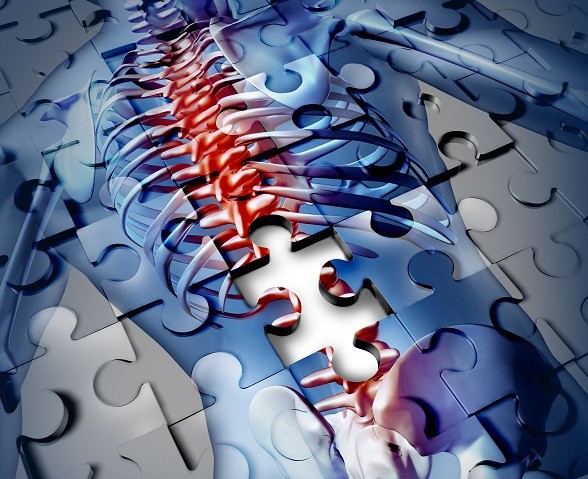
Spinal decompression is a widely used therapy to help people suffering from chronic back pain and a broad term that experts use to describe a number of different traction remedies that help decompress a patient’s spine. It’s typically performed using high-tech, state-of-the-art technology in a clinical setting.
The primary cause of chronic back pain is often caused from incorrect posture, generally caused by sitting and/or standing in a slouched position. As time passes, the patient’s vertebra may start to compress along the spine, which causes undue pressure on their spinal nerves. Furthermore, their muscles tend to become misaligned due to their compressed spine causing even more pain that spreads from the center of their back to other regions of their body.
Sometimes the pain that’s felt in other regions of the body may originate from pinched nerves that run between the vertebras that are compressed from misaligned muscle tension. Certain muscle groups can also feel a significant amount of pain including the shoulders, neck, hip, etc. Once a person is experiencing back pain, it usually gets worse until they get some kind of relief from the ongoing pressure. Spinal decompression can help.
A kind of specific motorized traction known as nonsurgical spinal decompression is often used to help alleviate chronic back pain and works to gently stretch out the patient’s spine in order to change both the position and force of the spine.
Essentially, this adjustment will take a good amount of pressure and strain off the spinal disks, which provide a gel-like cushion in between the spinal bones by producing a negative amount of pressure within the disc.
Therefore, herniated or bulging disks can then retract, which alleviates nerve pressure along with other structures within the spine. As a result, it greatly helps encourage the movement of nutrient-based fluids as well as both water and oxygen into the disks in order to fully heal.
• Sciatica, which refers to tingling, weakness, or pain that runs down the leg
• Neck or back pain
• Diseased or injured spinal nerve roots
• Degenerative disk disease, or herniated or bulging disks
• Posterior facet syndrome (worn spinal joints)
Preventing Back Pain
The best therapy for back pain is prevention and typically the most economical as well. Also, performing stretching exercises on a regular basis and being mindful of good posture helps keep the spine healthy along with correctly aligning the muscles.
Treating back pain as soon as possible is another great way to prevent serious issues down the road. Regular exercise, good nutrition, and sufficient sleep are all vital ways to help keep the spine in check in addition to overall good health.


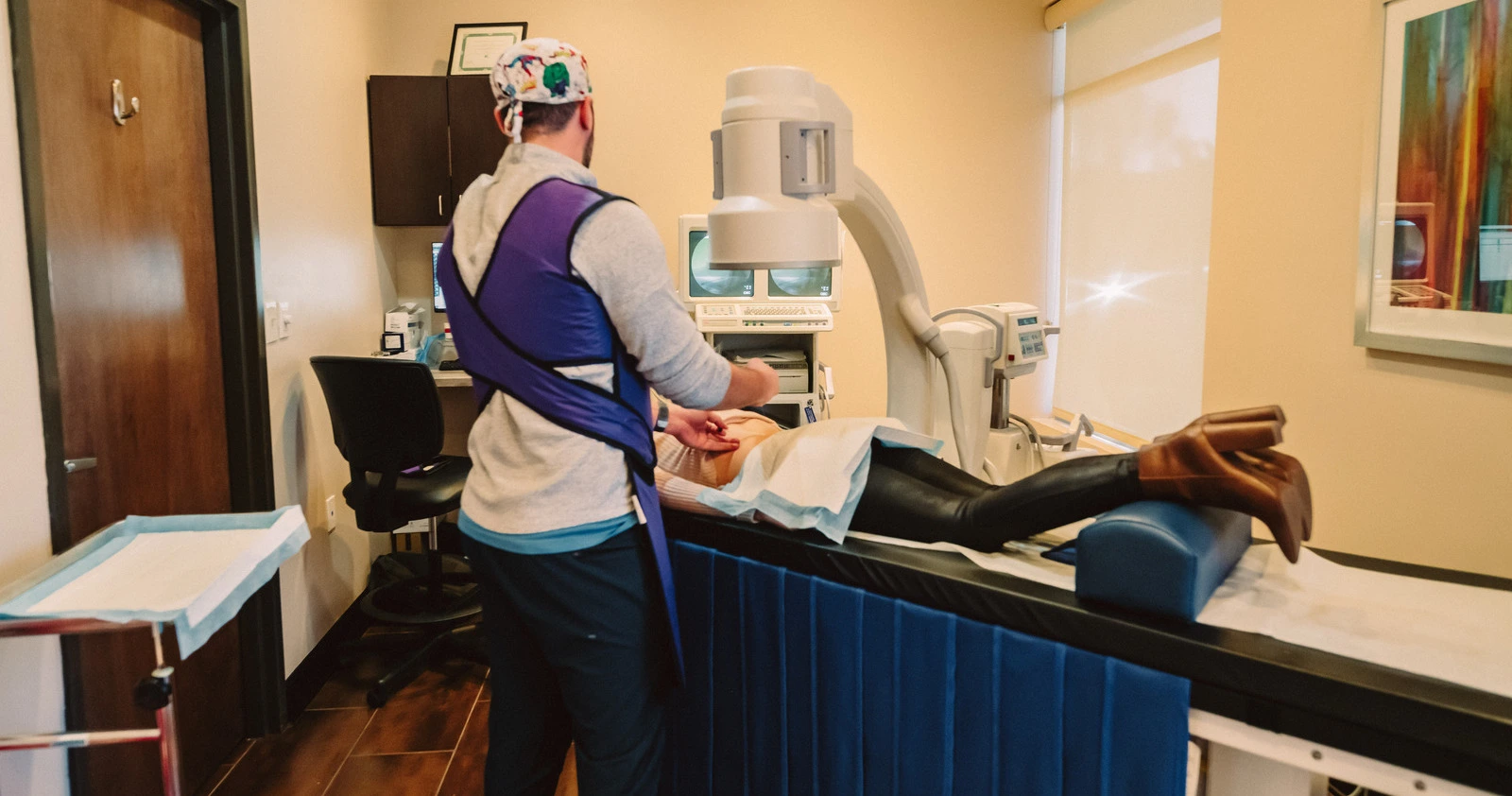
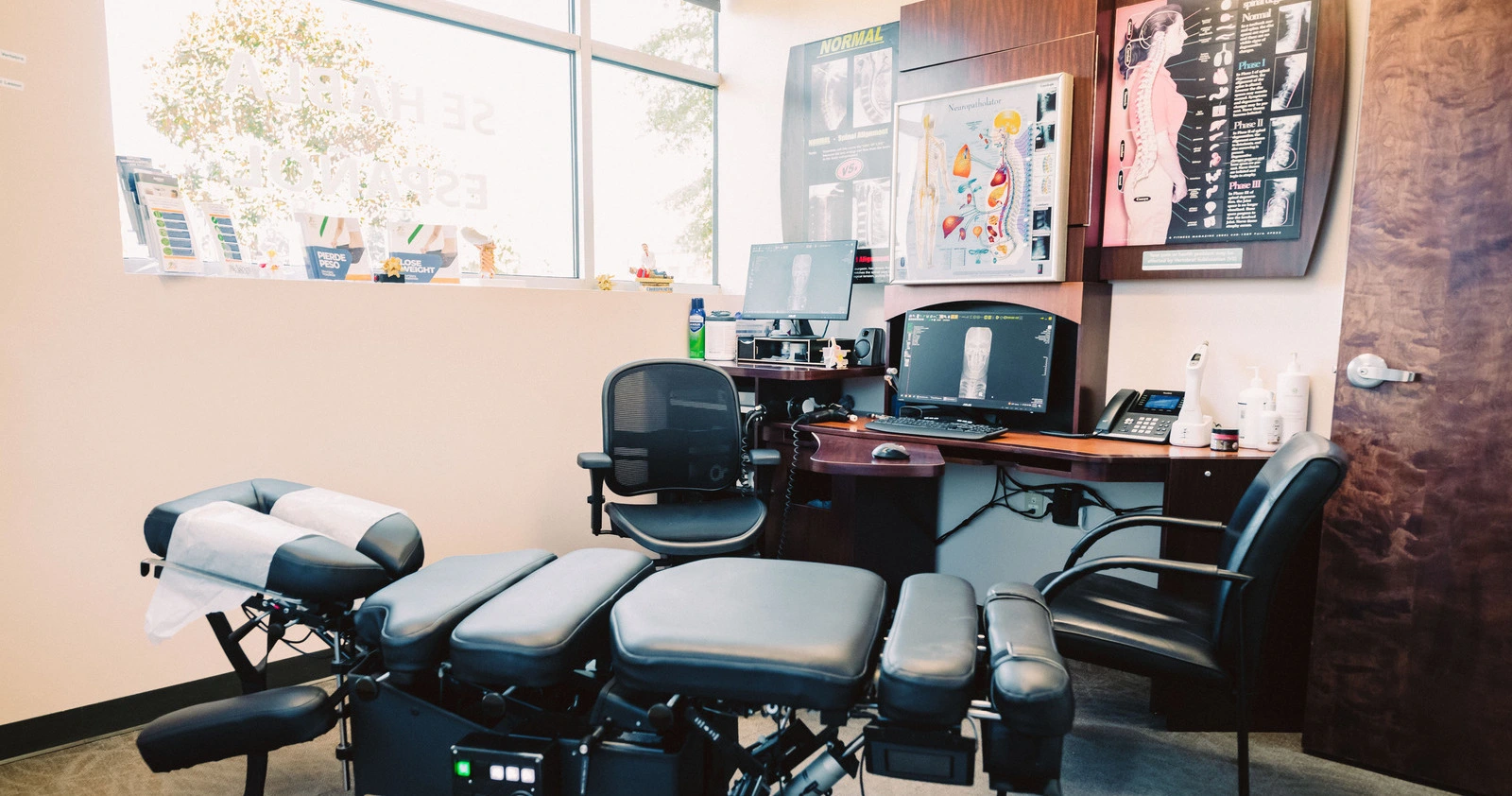
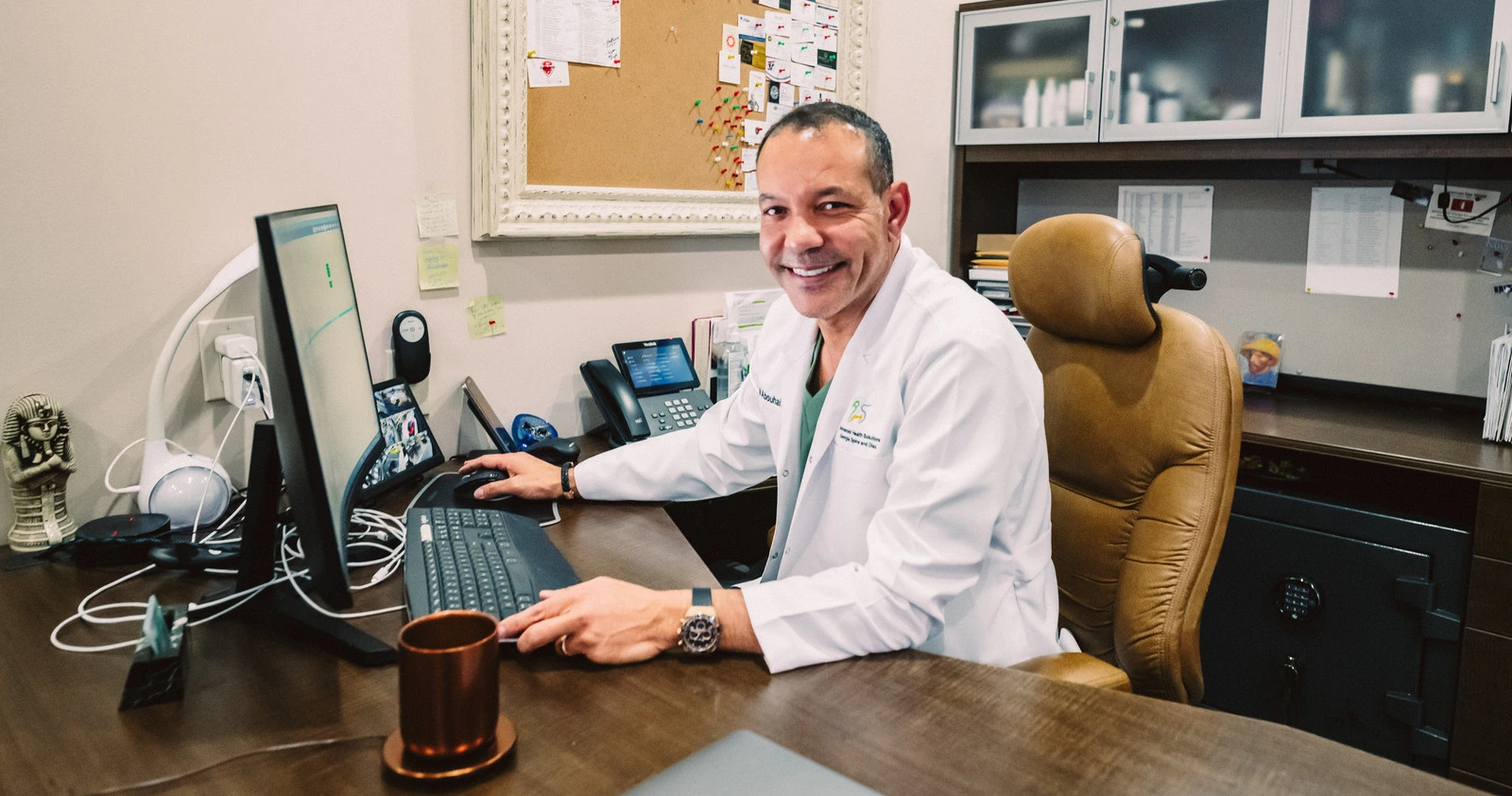
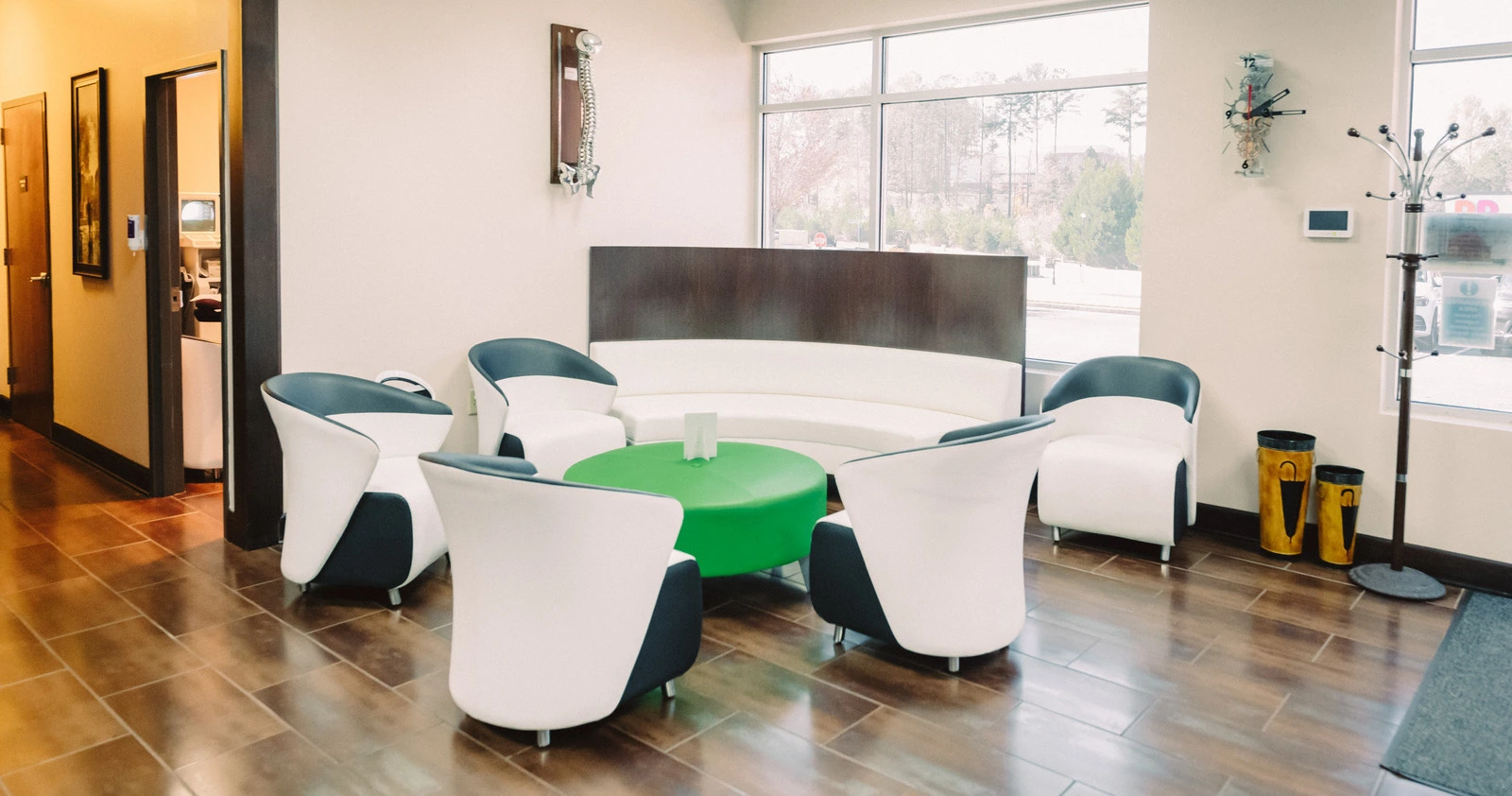
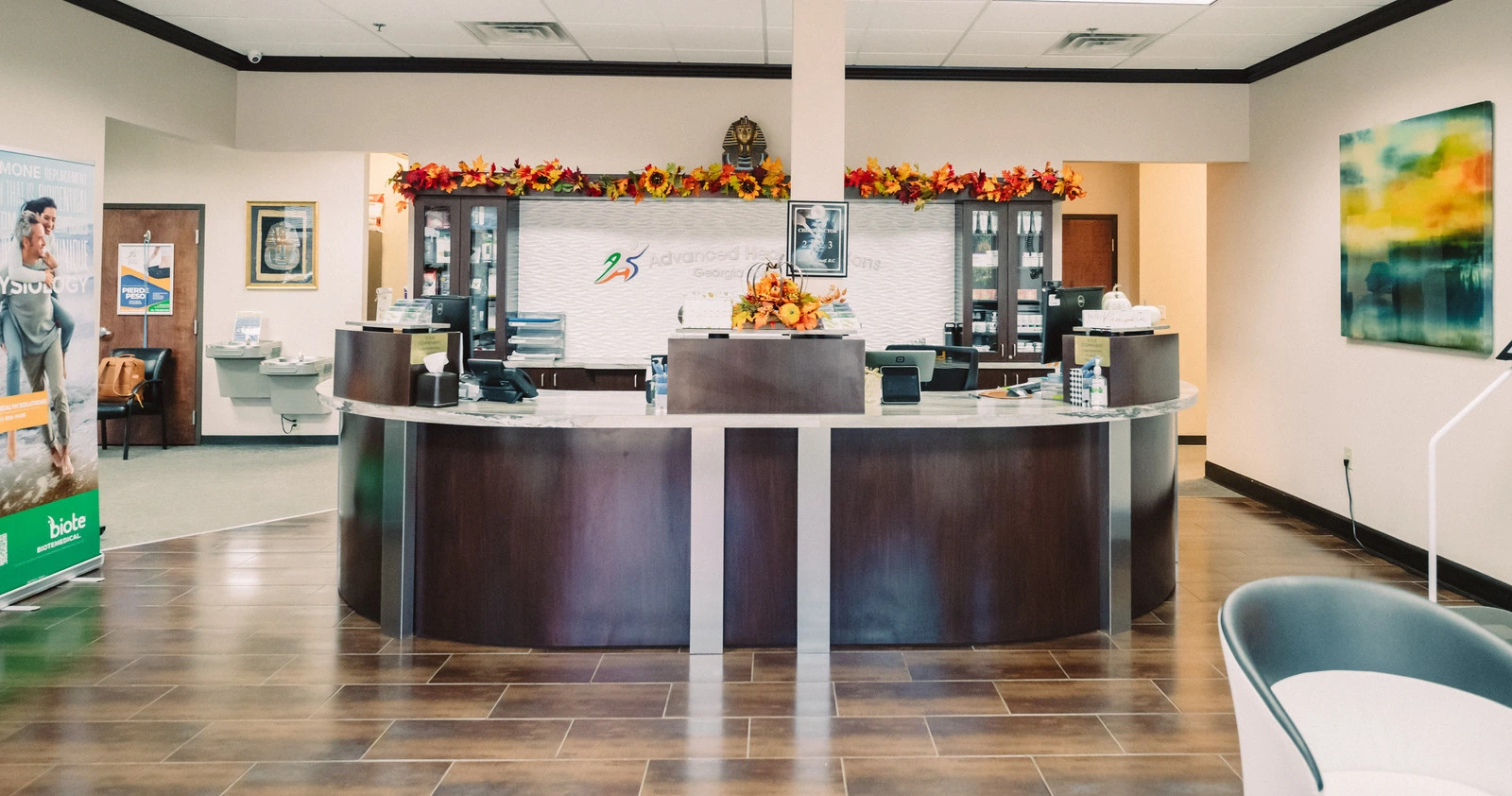

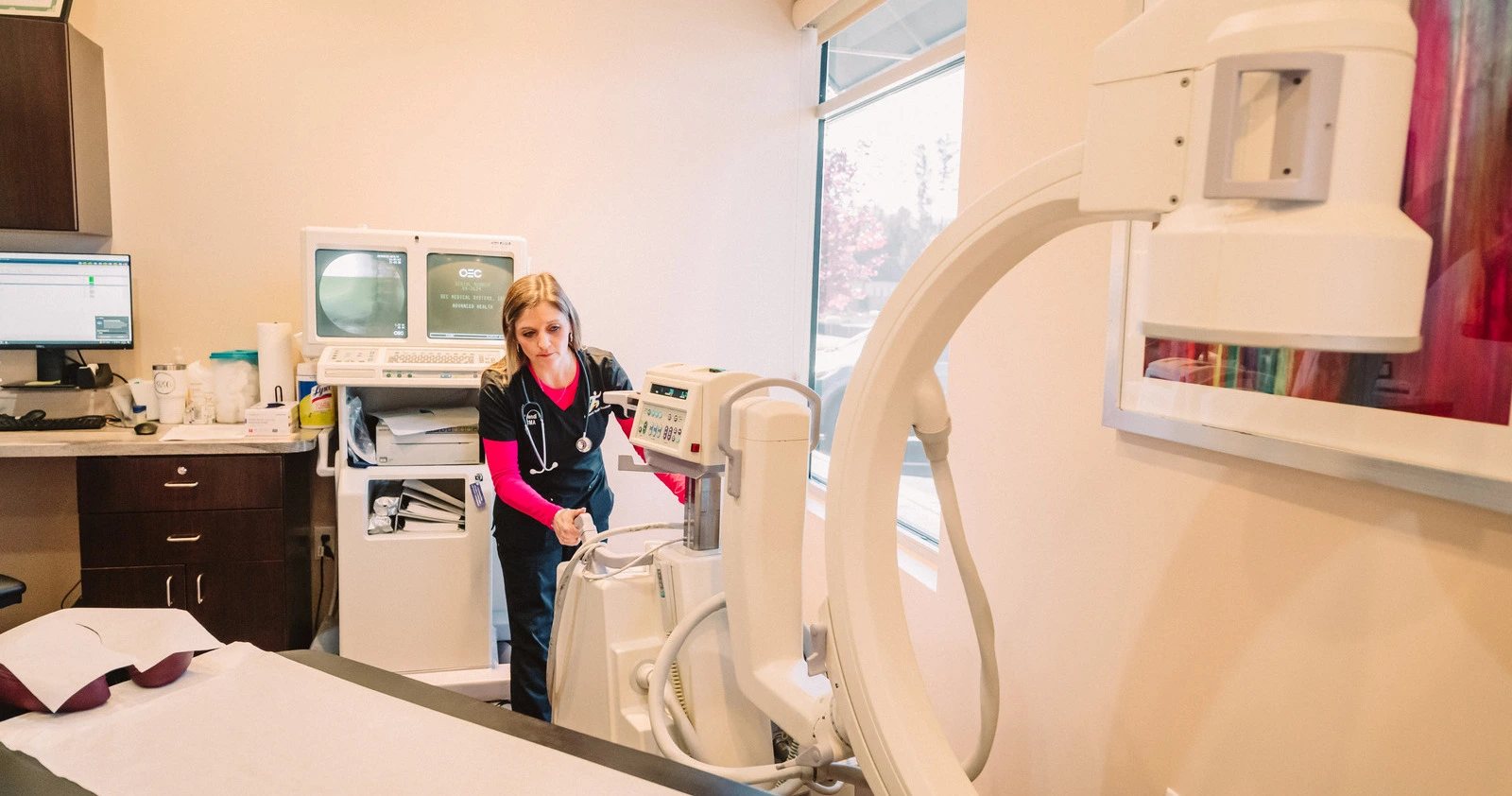

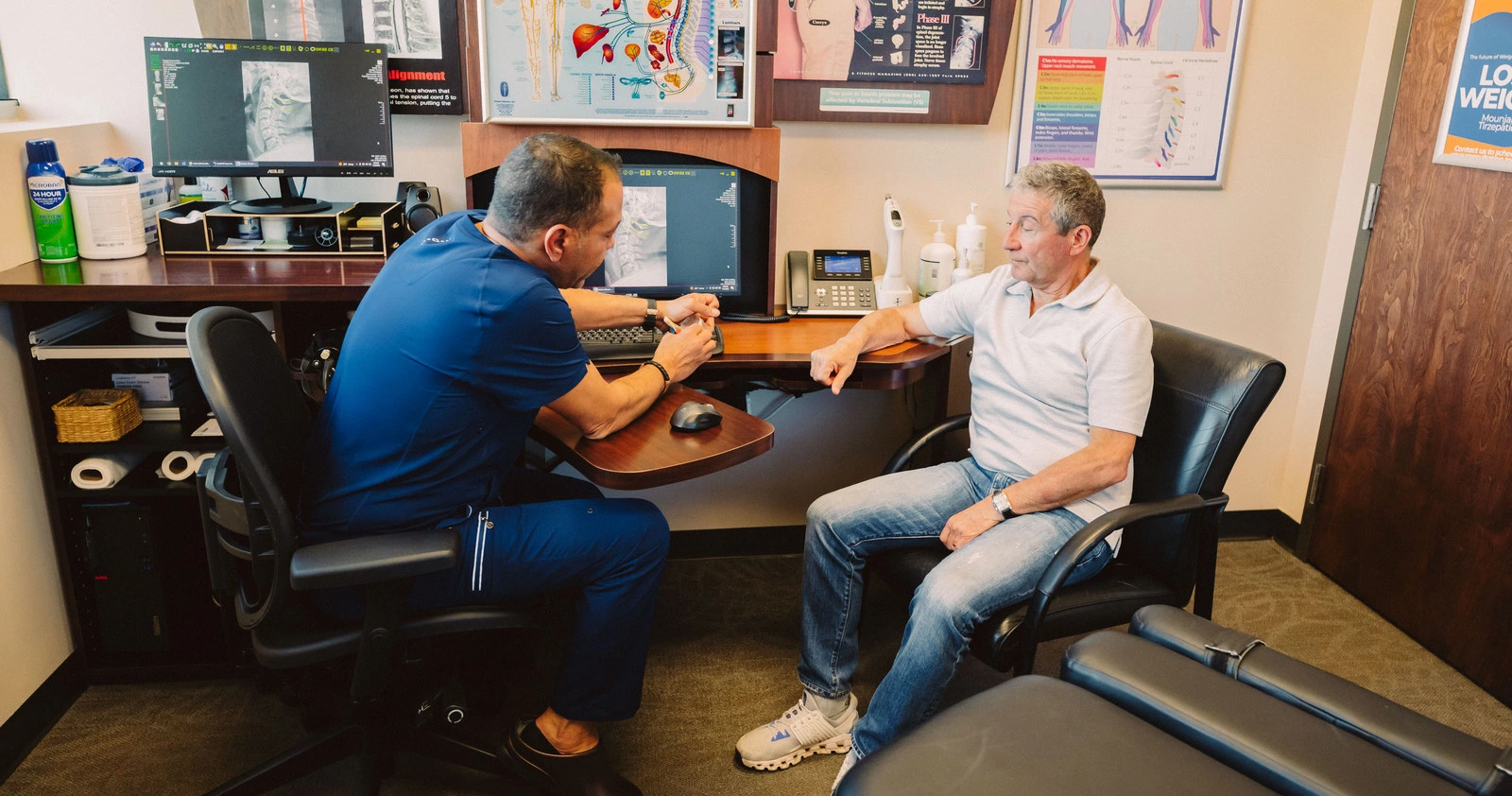
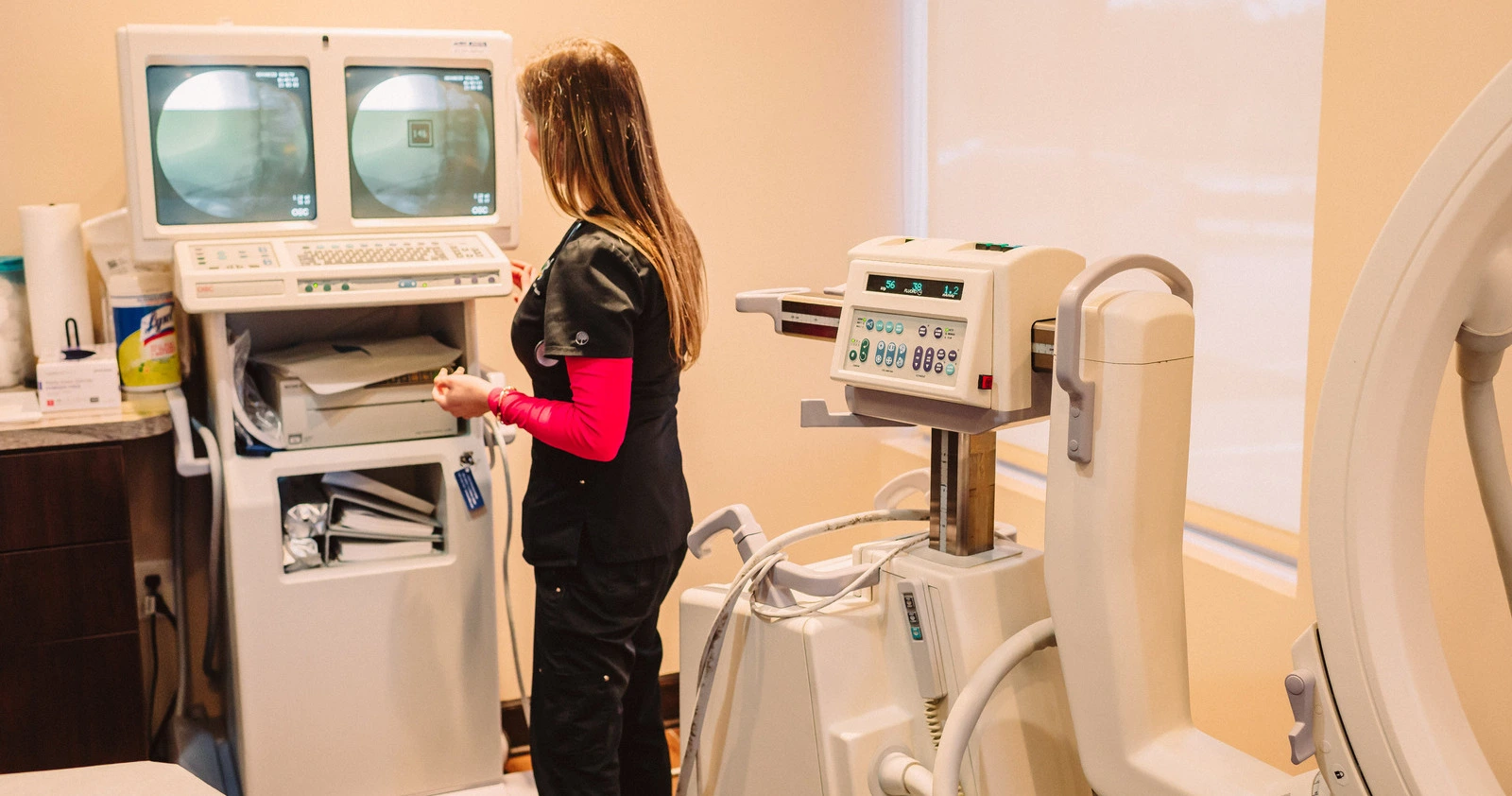
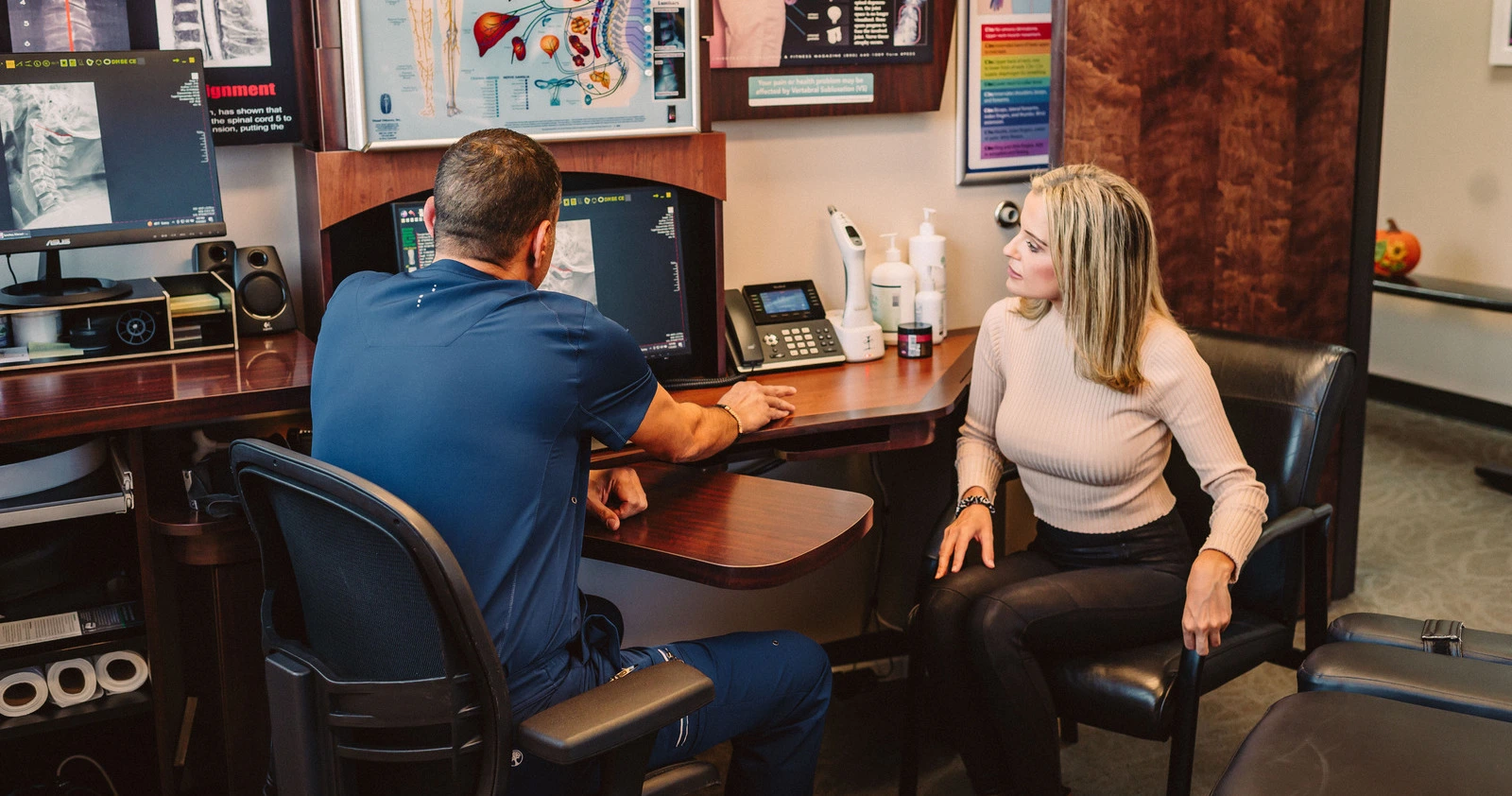
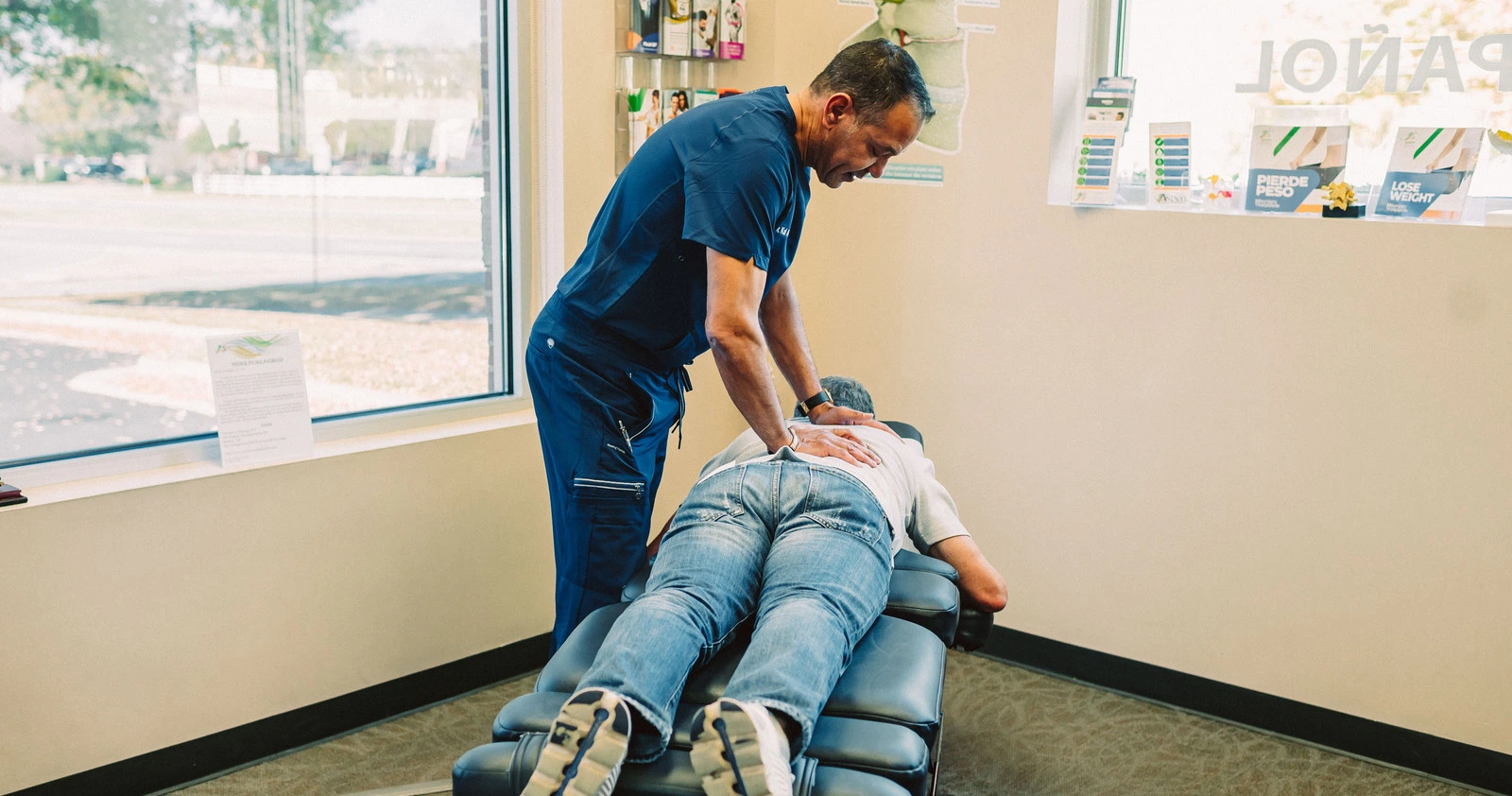
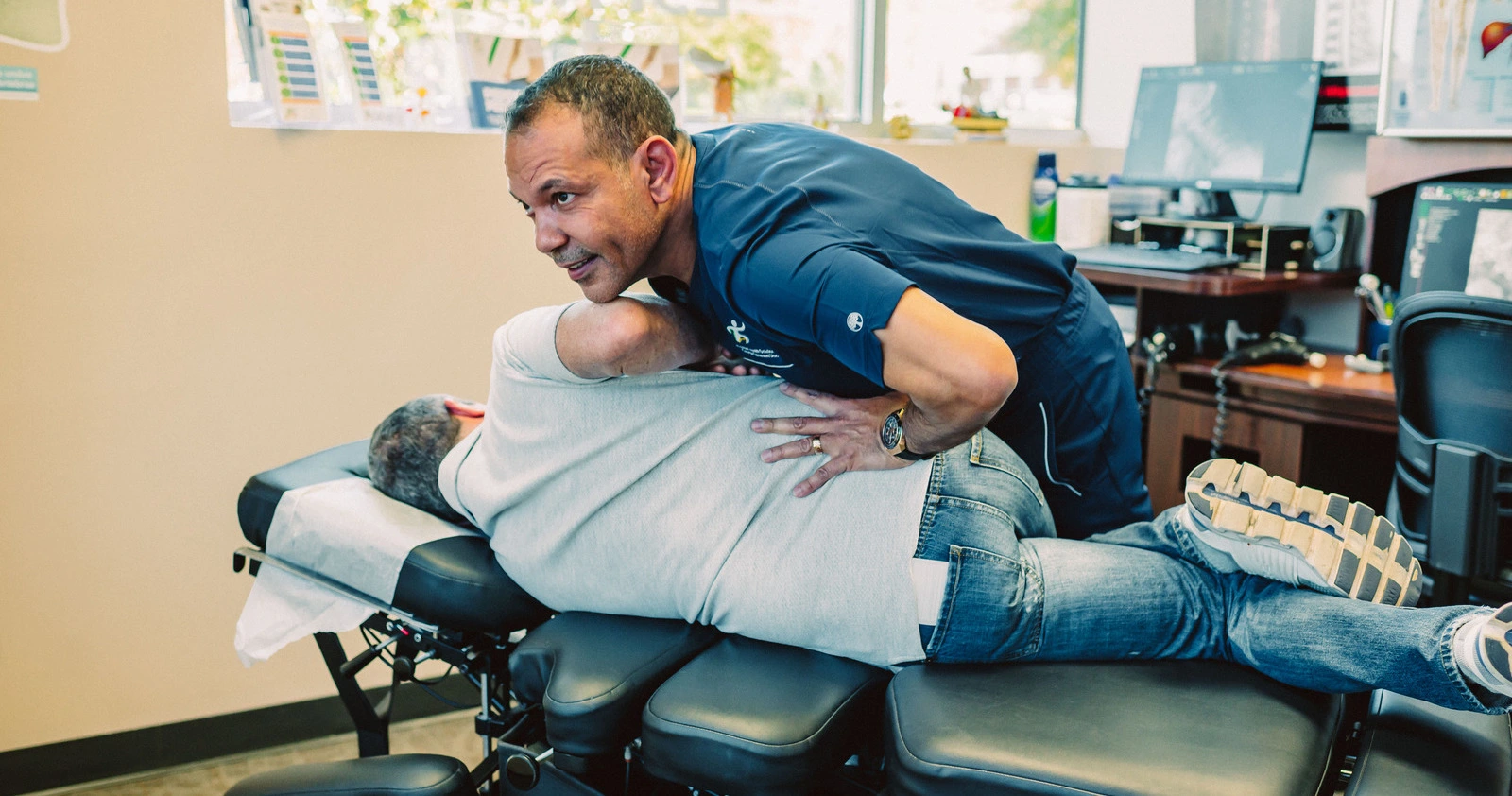
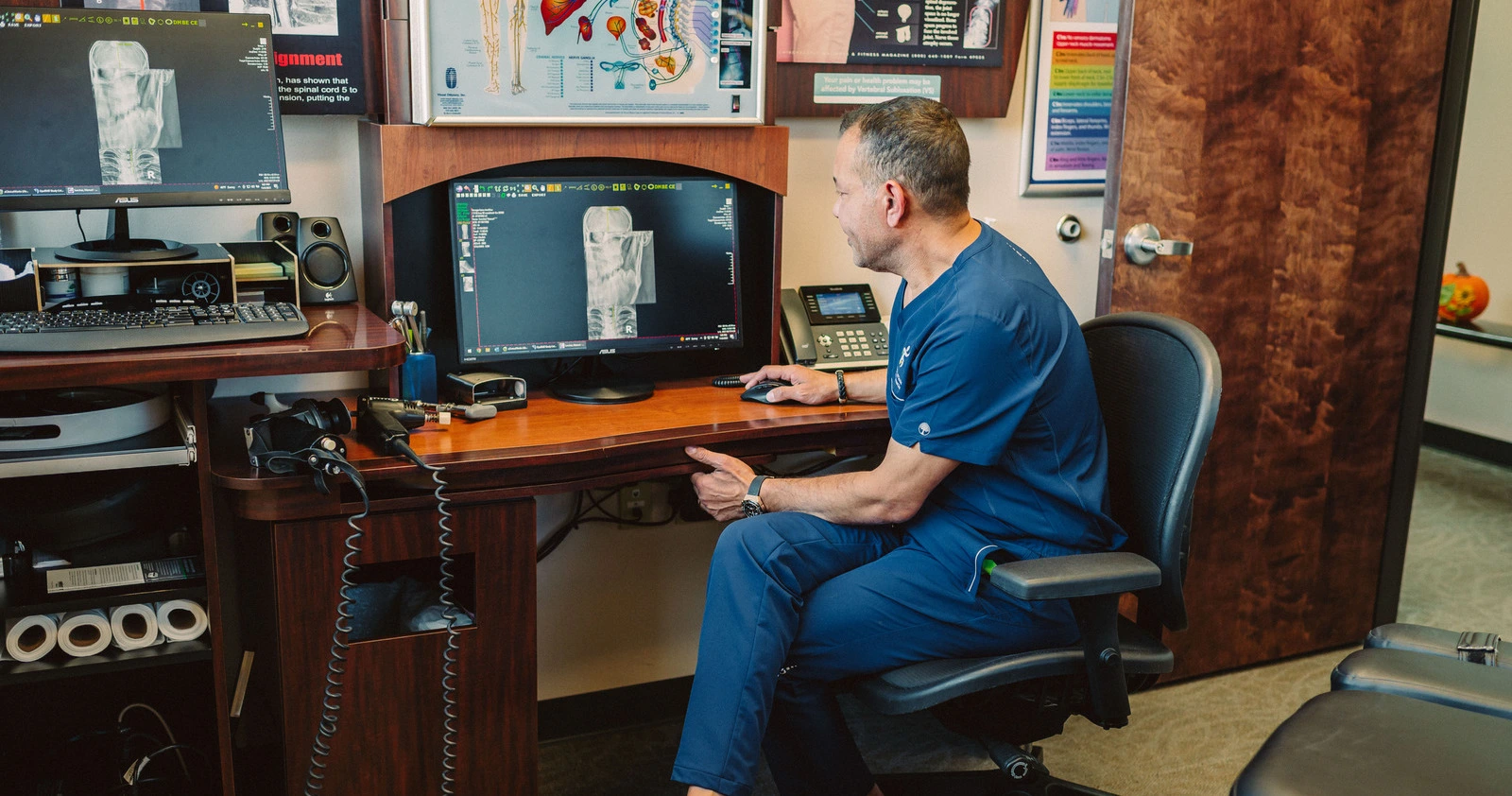
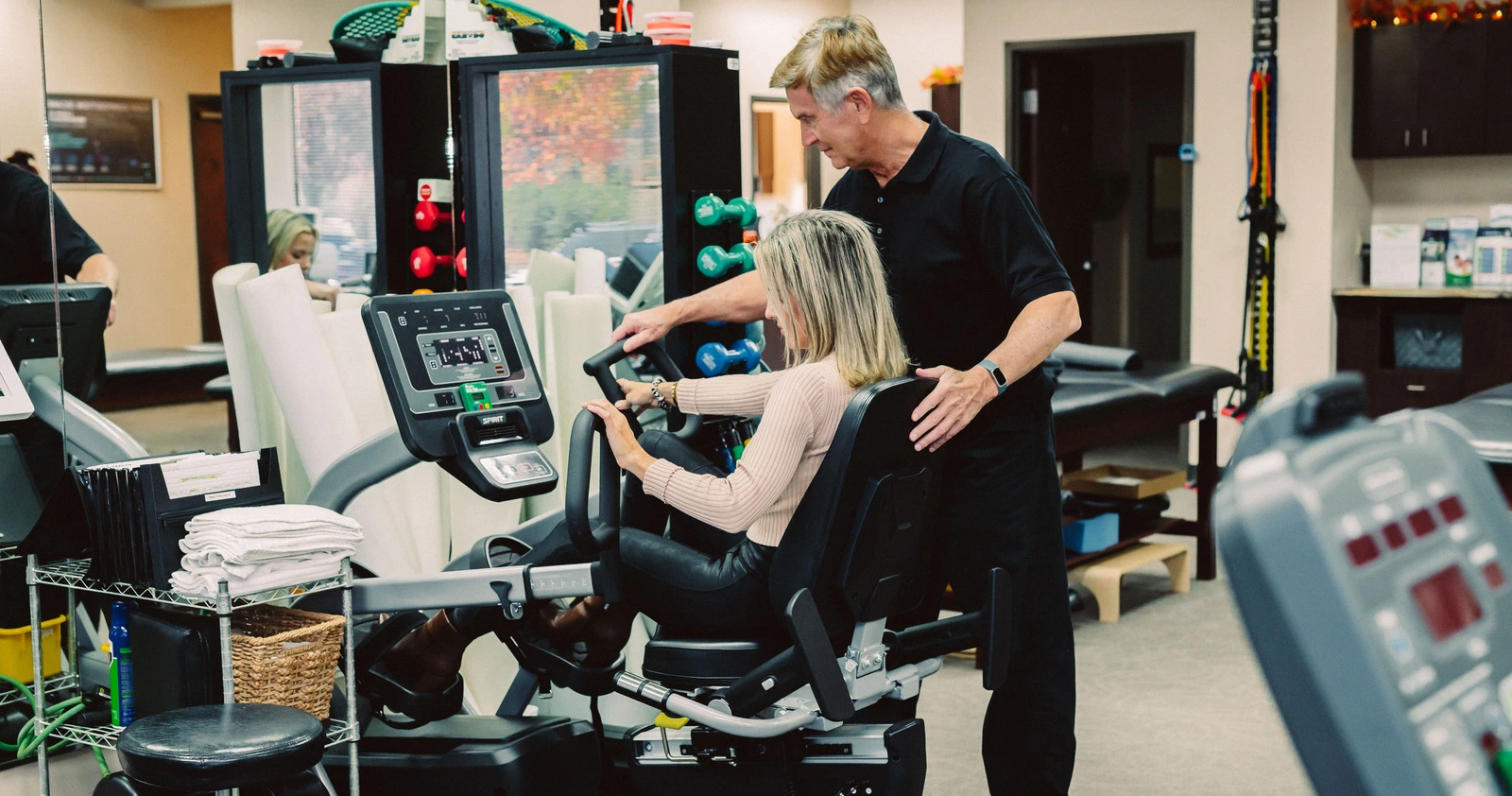
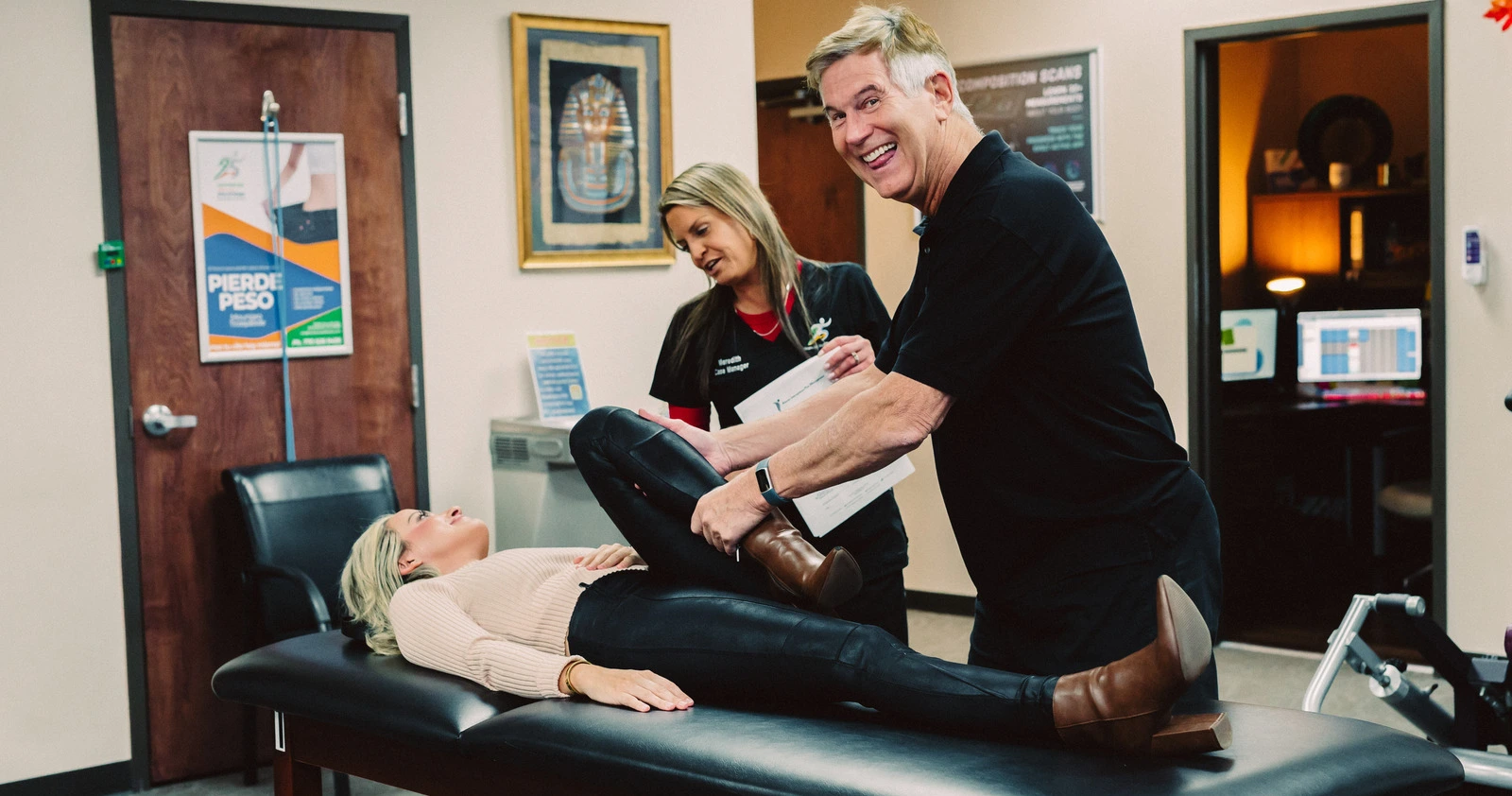
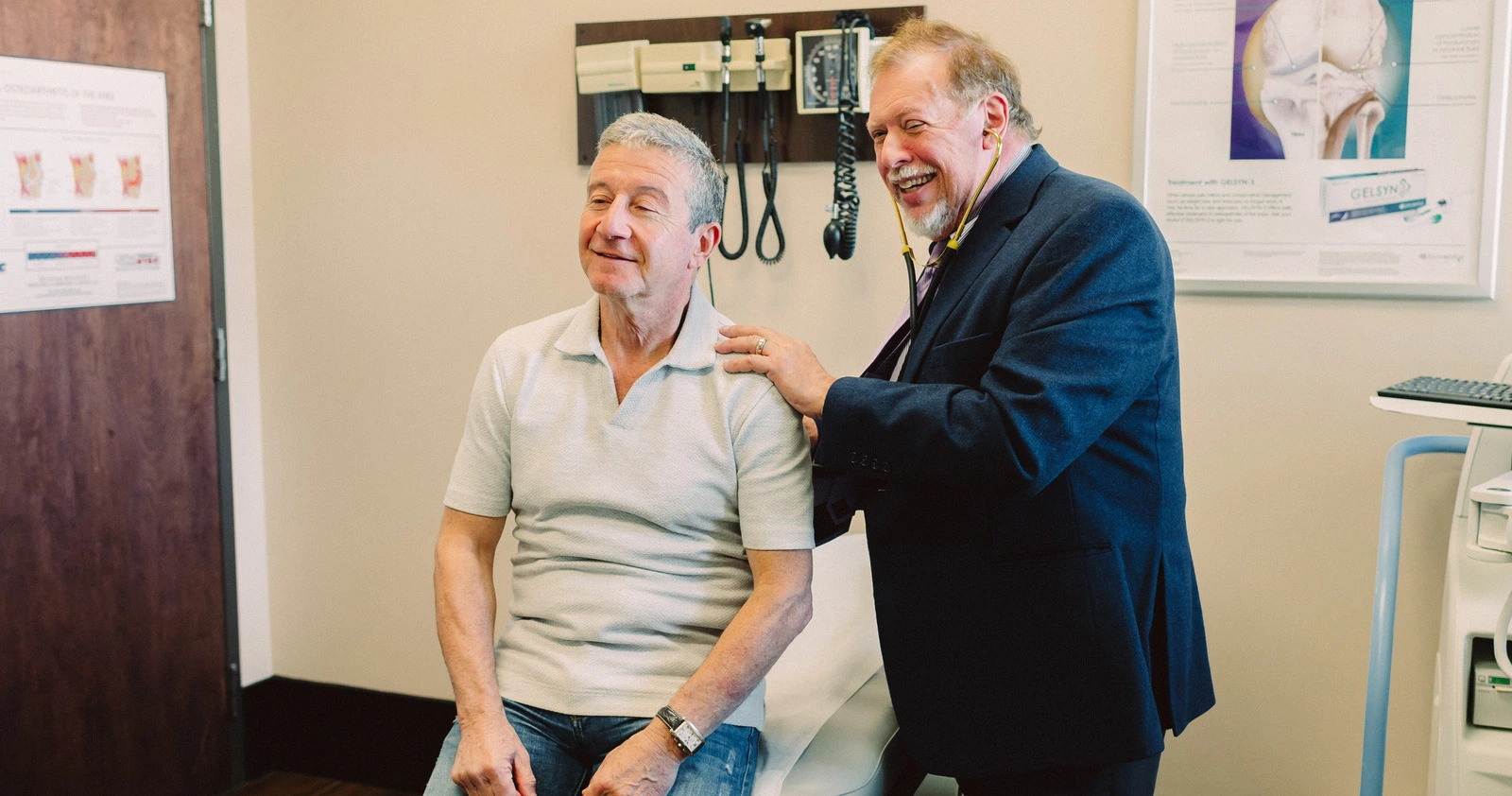




Our medical clinic offers a wide range of services, including primary care, specialty care, preventive care, diagnostic testing, chiropractic, physical therapy, and more. We strive to provide comprehensive and personalized healthcare to our patients.
Our medical professionals are highly trained and experienced in their respective fields. We have a team of doctors, nurses, specialists, and support staff who are dedicated to providing quality care and ensuring the well-being of our patients.
Our clinic(s) are conveniently located in a central area, with easy access to public transportation and ample parking facilities. We understand the importance of accessibility and strive to make it convenient for our patients to reach us. See all locations
We take pride in our high patient satisfaction rates and positive outcomes. We regularly collect feedback from our patients to continuously improve our services and ensure we meet their expectations. Read Our Reviews
We strive to work with a wide range of insurance providers to ensure that our services are accessible to as many patients as possible. We also offer flexible payment options and financial assistance programs to make healthcare affordable for our patients.
The purpose of this visit is to assess your symptoms, diagnose any potential conditions, and provide appropriate treatment or recommendations. Your healthcare provider will outline the recommended treatment plan, which may include medications, lifestyle changes, therapies, or referrals to specialists, depending on your condition.
In addition to our core medical services, we may offer additional benefits such as extended hours, online appointment scheduling, electronic medical records, and patient education resources.
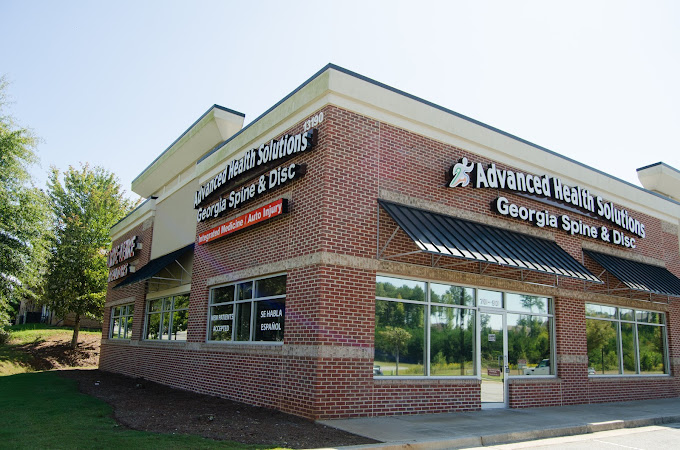

We are a Multidisciplinary Clinic with over 75 years of Combined Experience